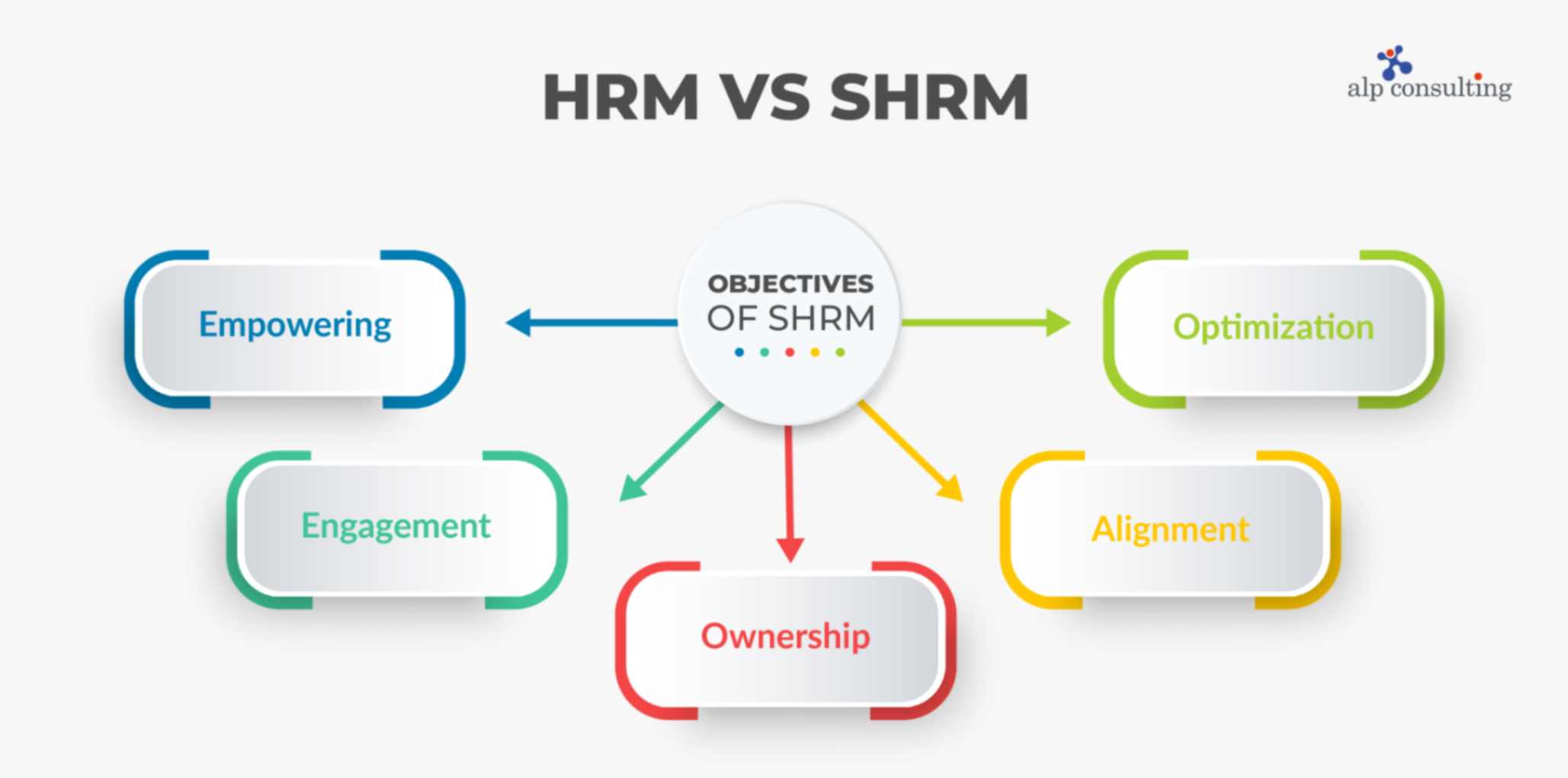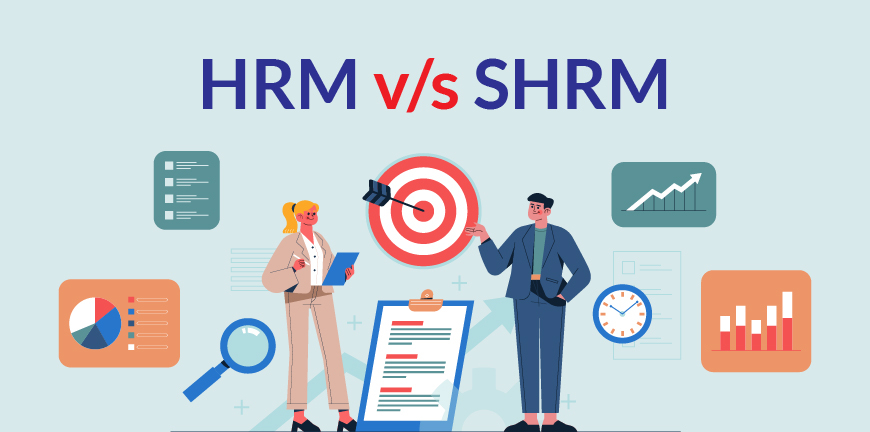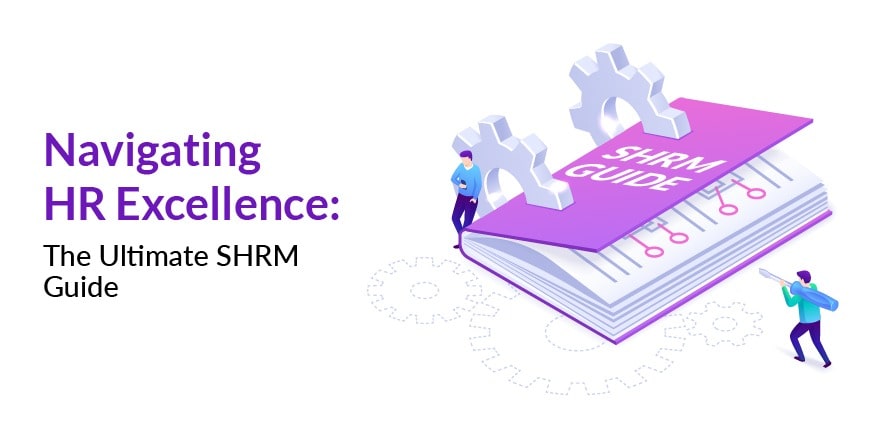
How Extended Reality is Impacting Businesses?
21/06/2023
Factory Compliance Checklist under 1948 Act
23/06/2023When was the last time you introspected and felt that your HR team is not delivering the way it should be, but you couldn’t really say what it was missing? Everything looked great on the surface. The employees were happy, the teams were productive enough, but your business was not doing well in a very tight market with too much competition.
You realized that the fault probably lay in HR, but you didn’t know what was wrong and because everything seemed fine, you removed teams that you felt were cost-intensive to the company. And when you decided finally to investigate if HR could be at fault, you lacked the tools or the insights for it. You are still probably having traditional or operational HRM in your company and there is very little strategizing there.
Operational or Traditional HRM is all very well when organizations are smaller and manage fewer people and are more bothered about the interactions between the people and how they function as a group. But the moment organizations scale and start to recruit more people, they would become more bothered about the strategic aspects of HR. Let us now define both Traditional HRM and Strategic HRM (SHRM) for the sake of clarity.
What is Traditional HRM?
Traditional HRM focuses on managing the existing people in the company and what initiatives to take to bring them together as a team and address any immediate skill gaps that are there by employing more people. It ensures that employees work productively in their respective teams to reach the team objectives and is more operational in nature.
What is Strategic HRM or SHRM?
SHRM takes into view the overall vision of the company and the goals it has set for itself. Strategic HR considers what skill gaps are present and who must be recruited to address those skill gaps and how teams itself must be built to improve the overall employee productivity to further business growth. In other words, it looks at how to recruit and manage the people within an organization over the long-term in the context of organizational goals.
What is the Difference Between HRM and SHRM?
When we consider HRM vs SHRM, there are several key differences which set them apart and they are summarized below:
Short-term vs. Long-term: Traditional HR is more focused on short-term outcomes while Strategic HR is more focused on long-term outcomes.
Goals are different: Traditional HR focuses on managing the resources in-house better and may be to address skill gaps by recruiting a few people. Strategic HR goes beyond the status quo and keeps business goals in mind when doing resource planning.
Stakeholders involved are different: In traditional or operational HR, the activities were managed by a single HR team. In strategic HR, there will be other stakeholders in senior management who contribute to its function and HR consulting companies could also be involved.
Advanced analytics will play a pivotal role: Advanced analytics will play a very important role in strategic HR, as opposed to operational HR as HR continues to evolve. With the advent of Industry 5.0, and the human-machine interaction becoming more important in every sector, HR leaders will be more empowered than ever.
What are the Objectives of SHRM?
SHRM has several key objectives that set it apart from operational or traditional HR. The objectives of SHRM are:

- Enhancing the strategic capabilities of the company by analysing and improving the capacities of their primary resource – the people.
- Focus on increasing the commitment that managers and employees have towards each other so that the entire workforce becomes more productive and happier.
- Empowering employees so that they also become stakeholders in the company.
- To obtain not just a work fit but a cultural fit for every role in the company, also contributing to the brand you are building and the culture you are trying to establish there.
- Managing the overall business performance through several other measures like forming support groups etc. that drive growth and profitability.
Closing words
When opting for a company to work with you in SHRM, Alp Consulting deserves your top regard. The main reasons for this are that Alp provides an all-encompassing solution that embraces payroll, recruitment, staffing, compliance and other HR functions and they have nearly 30 years of experience handling strategic HR requirements of several Fortune 500 companies and in the process have built a very vast network of candidates. When will you be talking to Alp Consulting about your SHRM requirements?
Frequently Asked Questions
1. What is the main difference when you consider SHRM vs. HRM?
It goes beyond recruitment or staffing, payroll, incentivising etc. to also consider organizational goals and needs and put that into perspective when looking at the former.
2. Who are the main stakeholders in SHRM?
Stakeholders in HR can be both internal to the company (existing within the company and external to it (existing outside the company). The main stakeholders in strategic HR are employees (internal stakeholders) and investors (external stakeholders).
3. Is performance management a crucial aspect of SHRM?
Yes, performance management is a crucial aspect of SHRM, as the success of employees already on the payroll depends very much on that and how well it happens is a measure of how good the management in the company is as well. It also affects the decisions of people looking to apply to the company in the future.
4. Is leave management and payroll aspects of SHRM?
Leave management and payroll are aspects of operational HR, but strategic HR allows viewing them from an organizational lens. This helps improve aspects of leave management and payroll that may impact employee performance, for instance.





